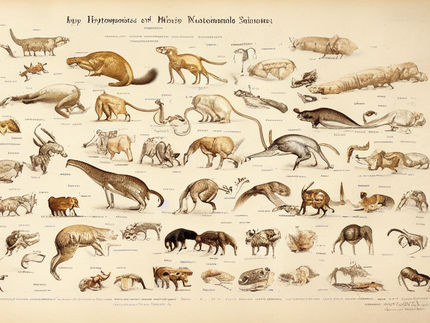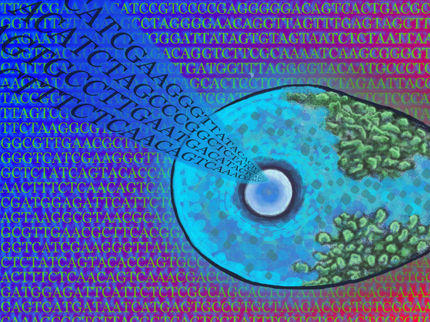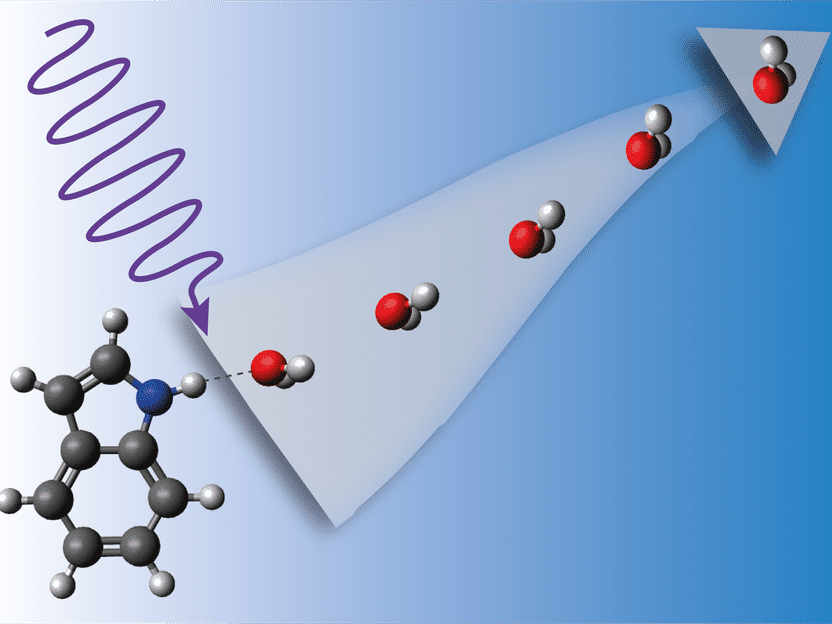New tool maps microbial diversity with unprecedented details
The innovative tool allows the analysis of structural genomic variations in microbial populations
Researchers from the Max Planck Institute for Biology Tübingen developed the groundbreaking tool SynTracker. SynTracker expands traditional microbial analysis by considering genomic structural variation to complement existing SNP-based methods. This innovation reveals more precision and depths of microbial strain diversity and evolution. Published in Nature Biotechnology, SynTracker empowers scientists with species-specific analysis capabilities, allowing them to focus on genome synteny of microbial populations.

Symbolic image
Computer-generated image
SynTracker is designed to compare genomes, or genome fragments, that originate from related microbial strains by assessing their synteny or conserving the order of short genomic sequences. This exciting tool promises to revolutionise the study of microbial evolution. By providing researchers with a powerful platform to analyse and track structural variation events, such as recombination, SynTracker opens doors to exploring the complex dynamics of microbial communities.
“It’s exciting to get a new outlook on data,” exclaims Prof. Dr. Ruth Ley, Director of the Department of Microbiome Science at the Max Plank Institute for Biology in Tübingen. “Especially because we haven’t been able to observe strain-level evolution within the same individuals at this level of resolution before.”
The advantages of SynTracker: beyond Single Nucleotide Polymorphisms
Previously available tools relied on mutations. As Prof. Dr. Ley explains, if you wanted to look at structural variations, “We were mostly blind to other ways that microbes evolve.”
Most widely used strain comparison methods focus on single nucleotide polymorphisms (SNPs). SNPs simply identify potential differences between single DNA bases at specific locations within the genome. They mostly overlook structural differences that can significantly impact phenotypic traits and evolutionary pathways. Frustrated by this blind spot, postdoctoral researcher Dr. Hagay Enav, a member of Prof Ley’s team, conceived of SynTracker to assess recombination and other forms of structural variation that can be equally if not more important in driving strain evolution.
SynTracker offers a comprehensive approach to strain analysis, considering not only SNPs but also structural changes such as genomic insertions, deletions and recombination events.
By creating this tool, Dr. Enav has opened up new avenues for exploring microbial diversity. Uncovering structural genomic variations provides a more nuanced understanding of microbial evolution and the factors driving population strain diversity.
In clinical work, for instance, researchers often struggle to determine whether flu strains are identical. They make subjective decisions based on expertise regarding whether strains must be completely identical or include a few mutations. SynTracker has the potential to help researchers determine if organisms fall within the same gradient.
Future developments for the team include automating downstream analysis to aid researchers in visualising their data in various ways using a graphical interface for dataset interpretation.
In the ever-evolving field of microbiological research, SynTracker is a powerful new tool. It allows researchers to unlock broader scientific questions about how genomic structural variations contribute to microbial diversity, evolution, and functional differences within microbiomes. SynTracker bridges the gap left by previous technologies, allowing researchers to leverage its novel capabilities. The result is a deeper understanding and new insights into microbial evolution and interactions within microbial communities.

























































